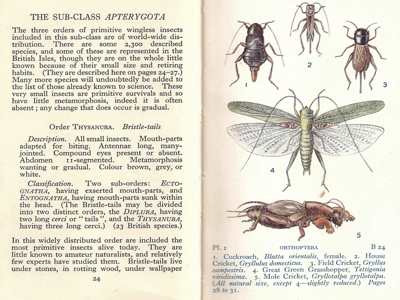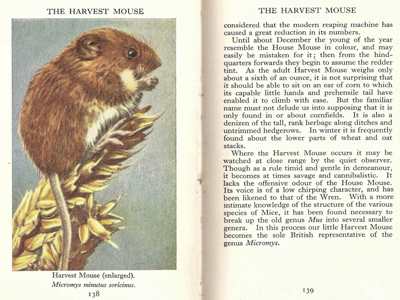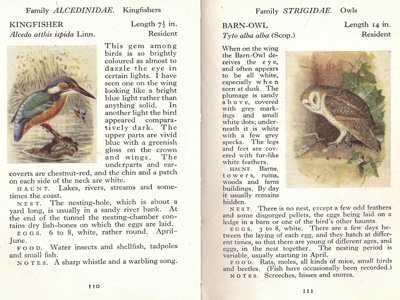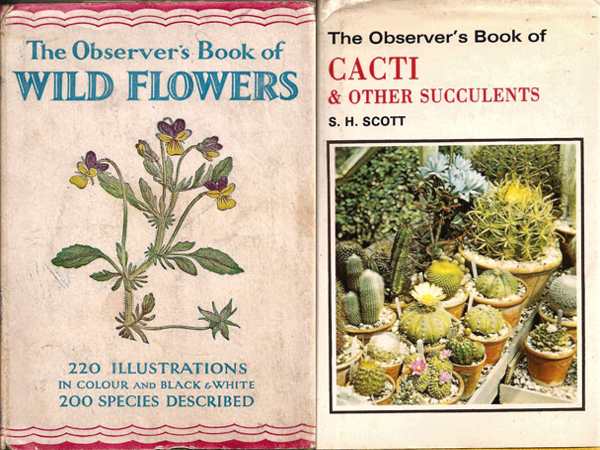In the world of collectibles, few items evoke as much nostalgia as the Observer’s series of books. First published in 1937 by Frederick Warne & Co., these pocket-sized guides quickly became a staple for amateur naturalists, hobbyists, and collectors alike. While initially focused on British wildlife, the series expanded over the decades to cover a wide array of subjects, becoming a beloved resource and collectible item.
The Birth of Observer’s Books
The Observer’s series began with two titles: British Birds and British Wild Flowers. These small, portable guides were designed to be taken into the field, offering concise information and clear illustrations to help enthusiasts identify various species. The books were an instant hit, with British Birds alone selling over three million copies in its lifetime. Their success can be attributed to the simplicity and practicality of the one-page-one-subject format, which made it easy for users to quickly find the information they needed.

Wartime and Post-War Expansion
The onset of World War II brought production challenges, with shortages limiting the number of titles released. However, the series continued to grow, with an unnumbered edition on aircraft identification published in 1942 to aid in spotting enemy planes. After the war, as people began exploring the countryside more freely, the range of topics in the Observer’s series broadened. New titles on architecture, locomotives, and flags were introduced, catering to the expanding interests of the British public.
The Charm of Observer’s Books
One of the most endearing aspects of Observer’s books is their period charm. The alternating colored and black-and-white illustrations not only made identification easier but also added a timeless quality to the books. Today, these illustrations contribute significantly to the books’ appeal as collectibles. The early editions, bound in cloth, are particularly sought after, with their quaint designs and attention to detail.

Changes in Format and Style
The Observer’s series underwent several revamps over the years. In 1953, the word “British” was dropped from the titles, reflecting a broader scope beyond the UK. In 1971, the distinctive wavy-line design on the book jackets was replaced with a uniform red text on a white background, a change that some collectors felt diminished the unique character of the series. The books received another facelift in 1979, when the paper jackets were discarded entirely. After Frederick Warne & Co. was acquired by Penguin in 1985, the series was rebranded as “Observers” (without the apostrophe), and yet another redesign followed.
Collectibility and Value

Despite the numerous changes in format, Observer’s books have remained popular among collectors. The series is numbered up to 98, but with some books being harder to find due to smaller print runs, the rarity of certain titles can significantly increase their value. For example, Country Houses, which was commissioned as Number 86, was never published, making it a ghost in the series and a curiosity among collectors.
Some editions lack copyright dates, making them difficult to date. However, the printer’s code at the back of each book can often provide clues. By decoding this number, collectors can estimate when the book was printed, adding another layer of intrigue to the hunt.
Conclusion: A Collector’s Delight
The Observer’s series of books may no longer be in print, but their legacy lives on. For those who cherish the charm of yesteryear, these guides offer more than just information—they provide a tangible connection to the past. Whether found for a few pence at a car boot sale or fetching hundreds of pounds from specialist dealers, Observer’s books remain a cherished part of British cultural history.

